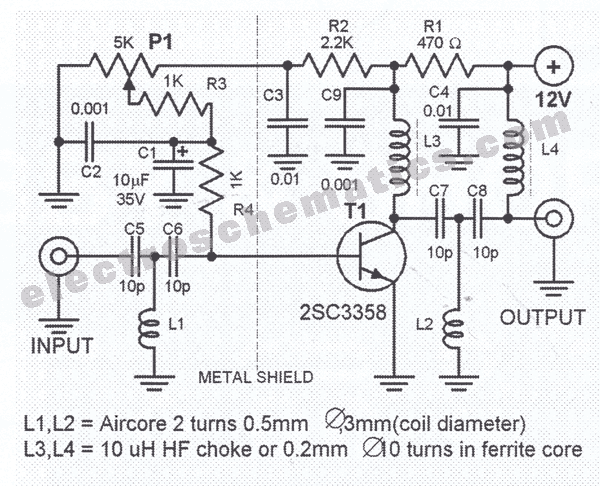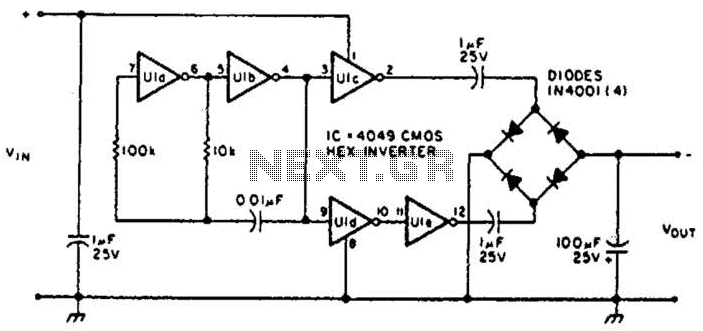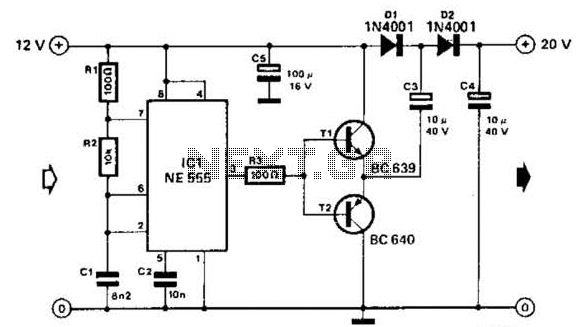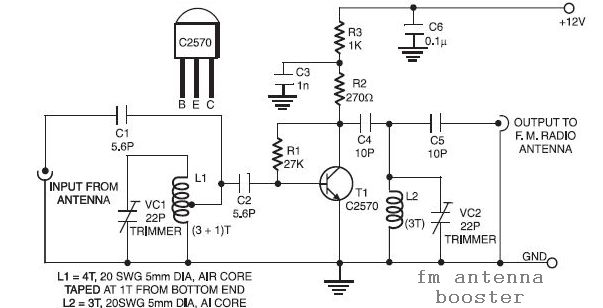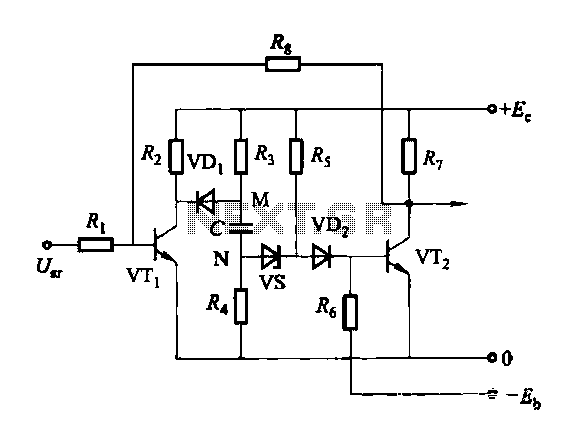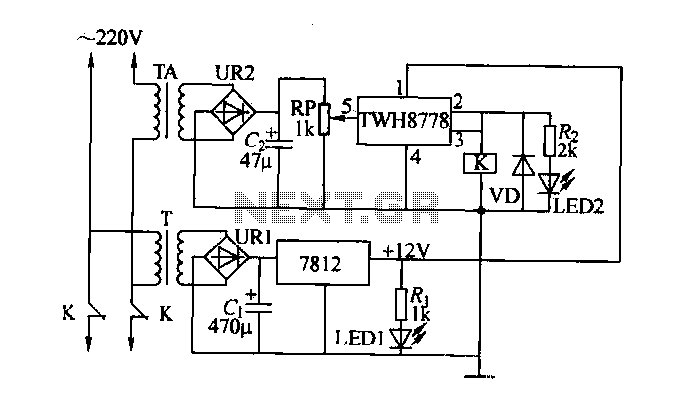
AC 220 Volts Flashing Lamps Circuit
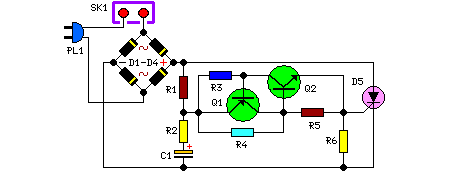
This circuit serves as a dependable alternative to thermally-activated switches designed for flashing Christmas tree lamps. The arrangement consisting of Q1, Q2, and associated resistors activates the silicon-controlled rectifier (SCR). The timing function is determined by resistors R1, R2, and capacitor C1. To adjust the flashing frequency, it is advised not to alter the values of R1 and R2; instead, modify the capacitance of C1 within the range of 100 to 2200 µF.
This circuit utilizes a combination of transistors (Q1 and Q2) and resistors to control the operation of an SCR, which is pivotal in managing the power delivered to the lamp. The transistors are configured to form a trigger circuit that activates the SCR when a specific voltage level is reached. The resistors R1 and R2, along with capacitor C1, form an RC timing circuit that dictates the frequency of the flashing lamps.
The timing capacitor C1 plays a crucial role in determining how long the SCR remains conductive during each cycle. By varying the capacitance of C1, the time constant of the RC circuit changes, thus altering the frequency of the flashing effect. It is essential to maintain the values of R1 and R2 constant to ensure stable operation, as they set the thresholds for the triggering mechanism of the transistors.
In practical applications, the circuit can be powered by a standard AC supply, and the SCR can handle the load of the Christmas tree lamps efficiently. The design ensures that the flashing effect is visually appealing and can be adjusted to suit different aesthetic preferences by simply changing the capacitor value. This makes it an ideal solution for holiday lighting applications where reliability and ease of use are paramount. Proper heat dissipation measures should also be considered to ensure the longevity of the components involved, particularly the SCR, which can generate heat during operation.This circuit is intended as a reliable replacement to thermally-activated switches used for Christmas tree lamp-flashing. The device formed by Q1, Q2 and related resistors triggers the SCR. Timing is provided by R1, R2 & C1. To change flashing frequency do not modify R1 and R2 values: set C1 value from 100 to 2200µF instead..
🔗 External reference
This circuit utilizes a combination of transistors (Q1 and Q2) and resistors to control the operation of an SCR, which is pivotal in managing the power delivered to the lamp. The transistors are configured to form a trigger circuit that activates the SCR when a specific voltage level is reached. The resistors R1 and R2, along with capacitor C1, form an RC timing circuit that dictates the frequency of the flashing lamps.
The timing capacitor C1 plays a crucial role in determining how long the SCR remains conductive during each cycle. By varying the capacitance of C1, the time constant of the RC circuit changes, thus altering the frequency of the flashing effect. It is essential to maintain the values of R1 and R2 constant to ensure stable operation, as they set the thresholds for the triggering mechanism of the transistors.
In practical applications, the circuit can be powered by a standard AC supply, and the SCR can handle the load of the Christmas tree lamps efficiently. The design ensures that the flashing effect is visually appealing and can be adjusted to suit different aesthetic preferences by simply changing the capacitor value. This makes it an ideal solution for holiday lighting applications where reliability and ease of use are paramount. Proper heat dissipation measures should also be considered to ensure the longevity of the components involved, particularly the SCR, which can generate heat during operation.This circuit is intended as a reliable replacement to thermally-activated switches used for Christmas tree lamp-flashing. The device formed by Q1, Q2 and related resistors triggers the SCR. Timing is provided by R1, R2 & C1. To change flashing frequency do not modify R1 and R2 values: set C1 value from 100 to 2200µF instead..
🔗 External reference
Warning: include(partials/cookie-banner.php): Failed to open stream: Permission denied in /var/www/html/nextgr/view-circuit.php on line 713
Warning: include(): Failed opening 'partials/cookie-banner.php' for inclusion (include_path='.:/usr/share/php') in /var/www/html/nextgr/view-circuit.php on line 713
